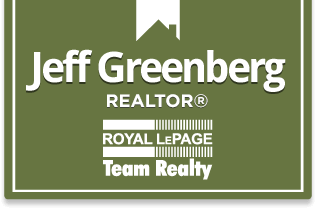Understanding Flood Insurance
According to the Insurance Bureau of Canada, water damage has now surpassed fire as the leading cause of home insurance payouts. As climate change advances, Canadian insurance adjusters believe that flooding will become increasingly common. Large cities, including Toronto and Calgary, have experienced historic flooding in the past few years, and so has the Capital Region. Many of our friends and neighbours here in Ottawa are still recovering from flooding this spring, which affected hundreds of homeowners within the city and displaced many more Gatineau residents, some permanently.
In the wake of flooding, homeowners are often surprised to learn that their insurance coverage is insufficient to repair the damage - or that they don't have any coverage at all. In fact, coverage for overland flooding is relatively new in Canada, an indication of how extraordinary these weather patterns were in the past. Since major flooding in Calgary in 2013, more Canadian insurers are offering flood insurance, and not just to homeowners in traditional flood zones. Much of the damage related to flooding comes from overburdened sewage systems backing up into basement drains during heavy storms. Homes in downstream and low-lying areas are especially at risk, but some insurers say that all Canadians should consider flood coverage in the years ahead.
There are two main types of insurance available to cover the damage from flooding. Standard flood insurance has long been available in Canada, but is not usually included in a typical homeowner's policy; it will cover some, but usually not all, damage in the case of sewer back-up. Overland flood insurance, which covers damage due to rising water entering your home, is a newer product, not offered by all insurers. Both types of insurance can be expensive to purchase, especially where risk of flooding is high, and it is important to shop around before buying a policy. As always it is important to read and understand the fine print of the policy; often the insurer will pay only some portion of the damages. But knowing the risks is an important way to protect that investment you are making in your home.
